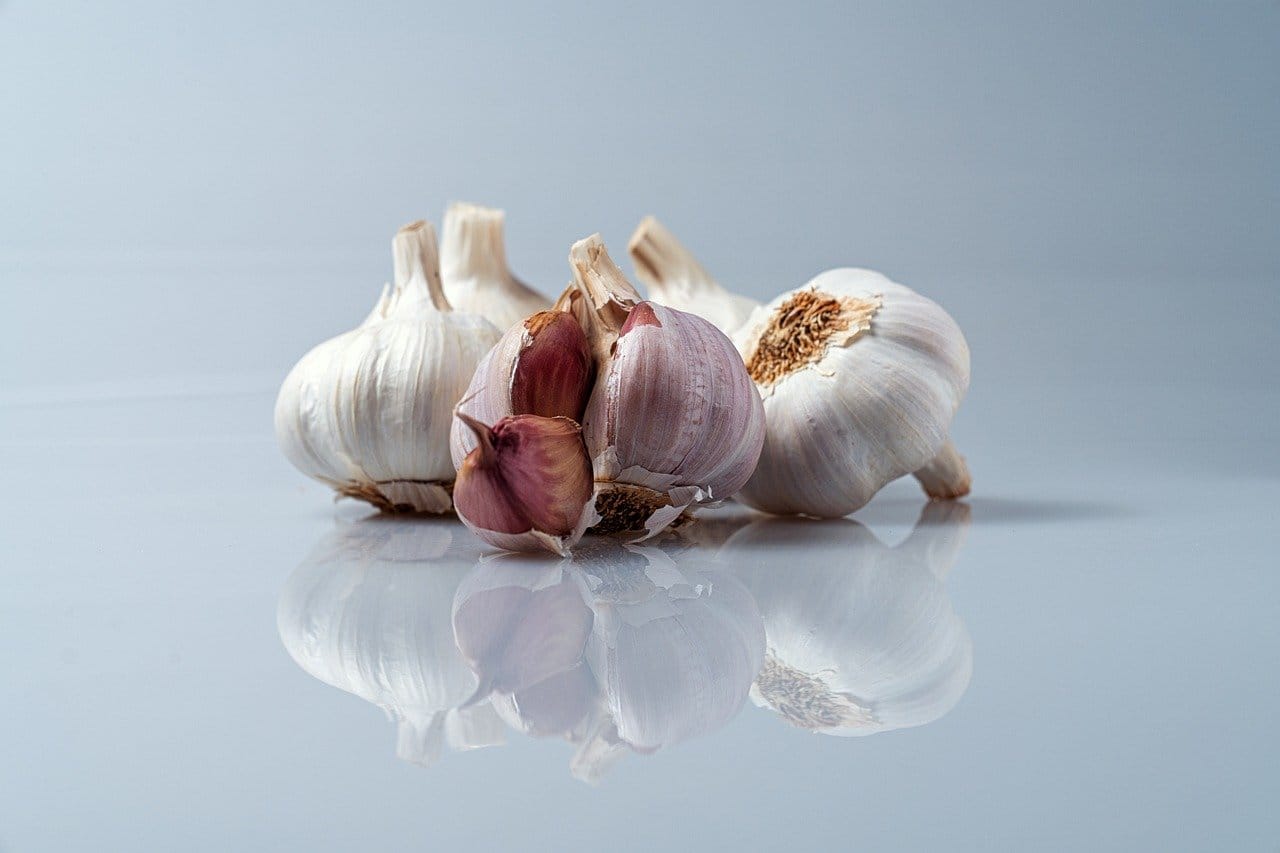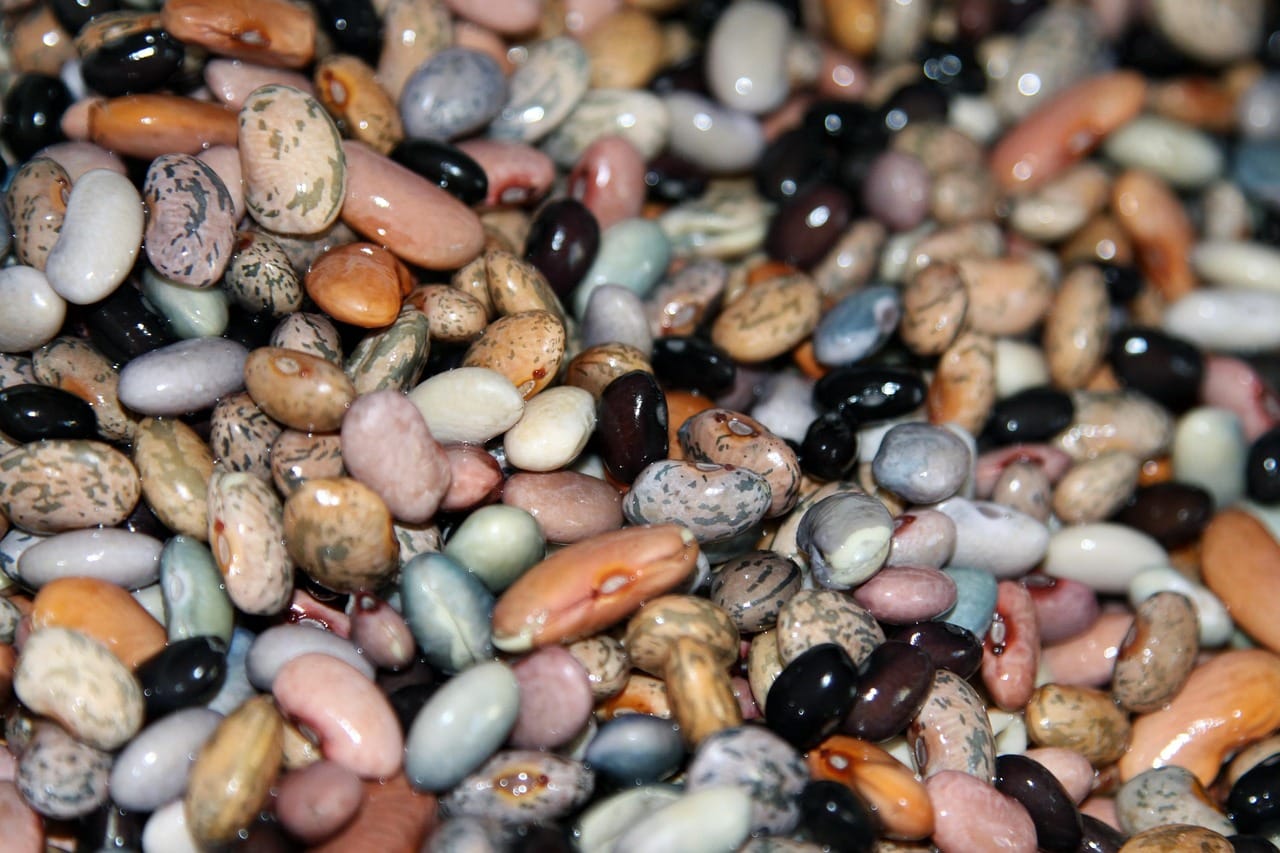Skillet nachos are the ultimate crowd-pleaser – easy to make, infinitely customizable, and always a hit at parties, game nights, or even a quick weeknight dinner. This one-pan wonder takes the beloved classic to a whole new level, delivering perfectly layered, cheesy, and flavorful goodness in every bite. Forget individual plates; skillet nachos are all about sharing and enjoying the moment with friends and family.
The Allure of Skillet Nachos
Why Skillet Nachos are Superior
Skillet nachos offer several advantages over traditional sheet pan nachos:
- Even Heat Distribution: Cast iron skillets, in particular, retain and distribute heat evenly, ensuring that every chip gets perfectly warmed and the cheese melts uniformly.
- Presentation Matters: The skillet itself serves as a stylish serving dish. No need to transfer to another platter!
- Easy Layering: The depth of a skillet makes it easy to build layers of chips, toppings, and cheese for maximum flavor in every bite.
- Reduced Mess: The skillet contains all the ingredients, minimizing spills and making cleanup a breeze.
Understanding Nacho Popularity
Nachos are undeniably popular. According to a recent survey, nachos are among the top 5 most popular appetizers in the United States. The customization aspect contributes significantly to their appeal; everyone can tailor their portion with their favorite toppings. Skillet nachos capitalize on this popularity by enhancing the experience.
Crafting the Perfect Skillet: Choosing the Right Equipment
Skillet Selection: Material and Size
Choosing the right skillet is crucial for perfect nachos. Consider these factors:
- Material:
Cast Iron: Excellent heat retention and distribution, perfect for creating crispy chips and evenly melted cheese. Requires proper seasoning and maintenance. A 12-inch cast iron skillet is ideal.
Oven-Safe Non-Stick: Offers easy cleanup and prevents sticking. Look for a skillet that can withstand high oven temperatures (400°F or higher).
- Size: A 10-12 inch skillet is generally suitable for 4-6 people. Adjust the size based on the number of servings you need.
Essential Utensils and Tools
Beyond the skillet, you’ll need:
- Cutting Board and Knife: For preparing your toppings.
- Cheese Grater: Freshly grated cheese melts better and tastes superior.
- Spatula: For serving the nachos and scraping any browned bits from the skillet.
- Oven Mitts: Essential for handling the hot skillet.
The Ultimate Skillet Nacho Recipe: Step-by-Step Guide
Ingredients Breakdown
- Tortilla Chips: Choose sturdy chips that can hold up to the weight of the toppings. About 1-2 bags, depending on skillet size.
- Cheese: A blend of cheeses is ideal.
Cheddar: Provides a classic cheesy flavor. About 2 cups, shredded.
Monterey Jack: Melts beautifully and adds a mild flavor. About 1 cup, shredded.
Pepper Jack: Adds a spicy kick. (Optional). About 1/2 cup, shredded.
- Protein:
Ground Beef: Cooked and seasoned with taco seasoning. About 1 pound.
Shredded Chicken: Pre-cooked or rotisserie chicken works well. About 2 cups.
Black Beans: Rinsed and drained. About 1 can (15 ounces).
- Vegetables:
Diced Onion: Adds flavor and texture. About 1/2 cup.
Diced Bell Peppers: Adds color and crunch. About 1/2 cup.
Jalapeños: Sliced (fresh or pickled) for heat. To taste.
- Toppings (after baking):
Sour Cream: A classic topping.
Guacamole: Freshly made or store-bought.
Salsa: Your favorite variety.
Chopped Cilantro: Adds a fresh, herbaceous flavor.
Diced Tomatoes: Adds freshness and color.
* Green Onions: Sliced.
Assembly and Baking Instructions
Customizing Your Skillet Nachos: Flavor Variations and Dietary Considerations
Exploring Different Flavor Profiles
- BBQ Chicken Nachos: Use shredded chicken tossed in BBQ sauce, cheddar cheese, red onion, and corn.
- Buffalo Chicken Nachos: Use shredded chicken tossed in buffalo sauce, blue cheese crumbles, and celery.
- Vegetarian Nachos: Load up with black beans, corn, bell peppers, onions, mushrooms, and your favorite vegetarian toppings.
- Mediterranean Nachos: Use hummus as a base, top with feta cheese, olives, tomatoes, cucumbers, and a drizzle of olive oil.
Adapting for Dietary Needs
- Gluten-Free: Ensure your tortilla chips are gluten-free.
- Dairy-Free: Use dairy-free cheese alternatives and omit sour cream or use dairy-free sour cream.
- Vegan: Use vegan cheese alternatives, black beans or lentils as the protein source, and load up with plant-based toppings.
- Low-Carb: Consider using cauliflower florets or bell pepper strips instead of tortilla chips, and load up with protein and cheese.
Tips and Tricks for Skillet Nacho Success
Preventing Soggy Chips
- Use Sturdy Chips: Choose thicker, sturdier tortilla chips that can hold up to the weight of the toppings.
- Don’t Overload: Avoid piling on too many wet toppings, as this can cause the chips to become soggy.
- Layer Strategically: Place a layer of cheese between the chips and the toppings to create a barrier and prevent moisture from seeping into the chips.
- Serve Immediately: Serve the nachos as soon as they come out of the oven for the best texture.
Achieving Perfectly Melted Cheese
- Use Freshly Grated Cheese: Pre-shredded cheese often contains cellulose, which can prevent it from melting properly.
- Use a Blend of Cheeses: Combining different types of cheese creates a more complex flavor and ensures that the cheese melts evenly.
- Don’t Overbake: Overbaking can cause the cheese to become greasy and the chips to burn. Bake until the cheese is melted and bubbly, but not browned.
Conclusion
Skillet nachos are more than just an appetizer; they are a versatile and customizable meal that can be enjoyed by everyone. By following these tips and tricks, you can create the perfect skillet nachos every time, making them a guaranteed hit at your next gathering. So, grab your skillet, gather your favorite ingredients, and get ready to enjoy a delicious and satisfying meal!




